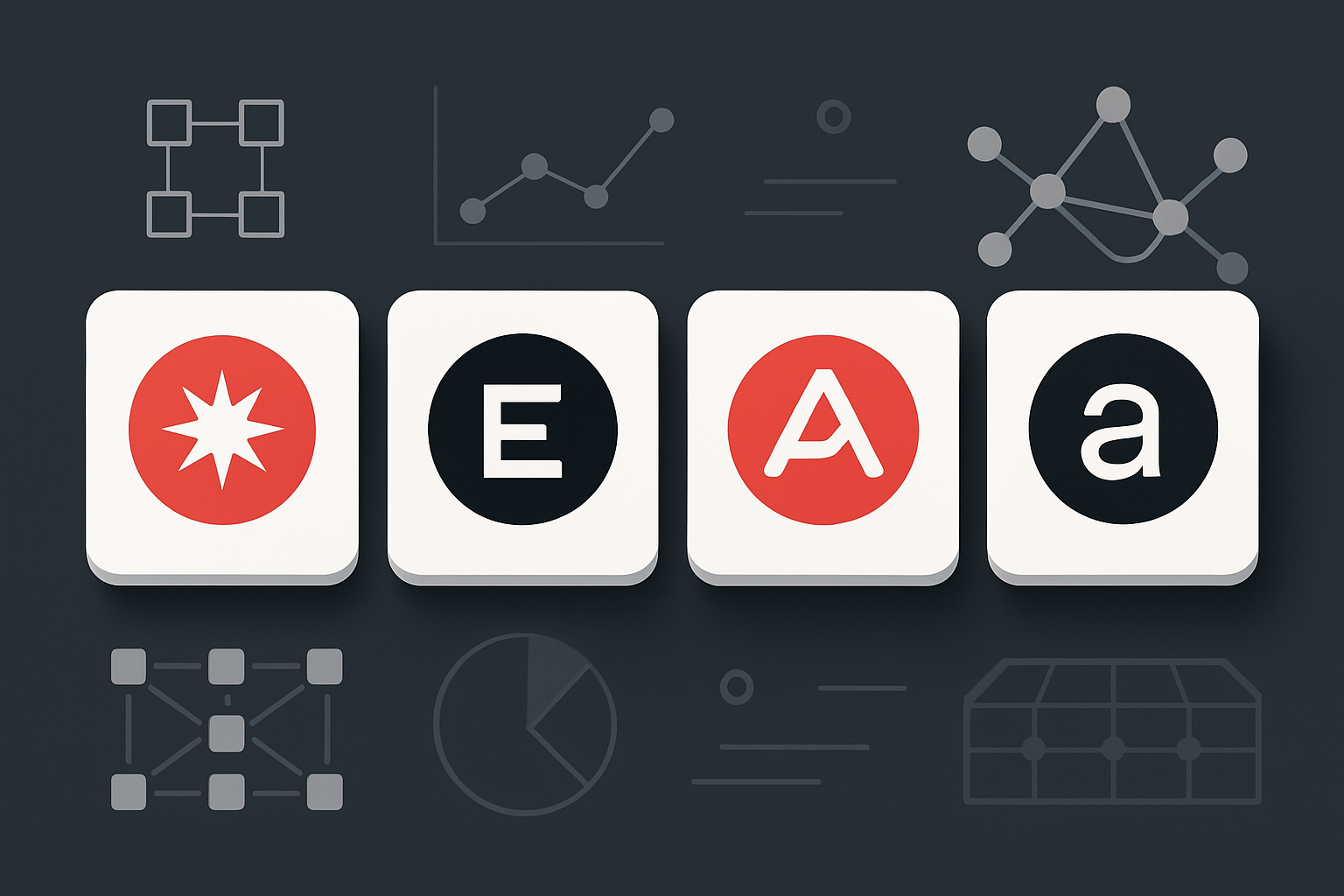
In 2025, the modular blockchain movement is in full swing, and nowhere is its impact more obvious than in the data availability (DA) layer. As blockchain networks chase real-world scalability and true cross-chain interoperability, the old monolithic approach just can’t keep up. Enter modular DA solutions: specialized layers that do one job – making sure data is available, verifiable, and ready for builders on any chain. The result? A Cambrian explosion of decentralized applications, cross-chain DeFi protocols, and seamless asset transfers that would have been science fiction just a few years ago.

Why Data Availability Layers Matter for Cross-Chain Interoperability
Let’s get right to the point: modular data availability layers are the backbone of next-gen blockchain interoperability. In traditional setups, each blockchain handled its own data – storing transactions, verifying them, and keeping everything in sync. Sounds neat on paper but leads to massive inefficiencies and isolated silos. Modular DA flips this script by decoupling data storage from execution and consensus. Now you have a shared layer where multiple chains (think rollups or app-chains) can post their data securely.
This shared infrastructure means different blockchains can speak the same language when it comes to verifying what happened on-chain. It’s like plugging every train line into a single high-speed rail network rather than running dozens of disconnected routes. Cross-chain bridges become safer, asset transfers become instant, and developers can focus on building rather than reinventing the wheel for data security.
The Top Four Modular Data Availability Layers in 2025
While dozens of projects have jumped into the modular DA arena this year, four names stand out as market leaders powering real-world interoperability:
- Celestia: The OG of modular DA. Celestia pioneered separating consensus from execution and now serves as a neutral ground for rollups across Ethereum, Cosmos, and beyond. Think of it as the Swiss bank vault for your blockchain’s raw transaction data.
- EigenDA: Built by EigenLayer’s team to deliver ultra-high throughput for Ethereum L2s. EigenDA leverages restaking for robust security guarantees while keeping costs competitive – perfect for high-frequency DeFi or gaming apps that need both speed and trustlessness.
- Avail: Chain-agnostic by design, Avail supports everything from EVM-based rollups to Substrate parachains. Its flexible architecture means developers aren’t locked into any one ecosystem when they choose Avail for their DA needs.
- Irys (formerly Arweave): The rebrand signals a shift toward serving as a dedicated DA layer rather than just permanent storage. Irys brings battle-tested decentralization with long-term guarantees that are ideal for archival use cases or regulatory-compliant dApps.
If you want a deep-dive comparison of these solutions – including costs, security models, throughput benchmarks – check out our breakdown on how modular architectures solve scalability using DA layers.
How Modular DA Layers Enable Real Cross-Chain Activity
The magic sauce here is composability at scale. Instead of every new rollup or chain fragmenting liquidity and user experience by posting its own data somewhere random (or worse – centralized), they all tap into unified DA hubs like Celestia or Avail. Here’s what that unlocks:
- Universal verification: Any chain plugged into the same DA layer can instantly verify proofs from another chain without custom integrations.
- No more fragmented bridges: Shared DA removes much of the risk from cross-chain bridges since everyone’s working off the same canonical set of posted data.
- Simplified developer experience: Builders choose their preferred execution environment but don’t have to worry about bootstrapping their own secure storage network.
This isn’t theoretical anymore – we’re seeing major rollup frameworks like OP Stack (Optimism), Arbitrum Orbit, and Polygon CDK integrating with these top-tier DALs to offer flexible options between posting on Ethereum mainnet or leveraging lower-cost alternatives like Celestia/EigenDA/Avail/Irys depending on user needs.
If you’re hungry for more technical details about how these layers prevent fragmentation while powering seamless cross-chain DeFi activity (without relying on risky third-party bridges), check our feature: How Modular Data Availability Layers Enable Cross-Chain DeFi Without Bridges.
But let’s get practical: what does all this mean for users, developers, and the broader blockchain economy? The answer is simple, unprecedented scalability and flexibility. By 2025, over 80% of Layer 2s are leveraging modular DA layers (according to TokenMinds), with gaming and enterprise use cases leading the charge. This isn’t just a technical upgrade; it’s a game-changer for how value moves across chains.
Consider the way Celestia, EigenDA, Avail, and Irys are being adopted:
- Celestia: Rollups across multiple ecosystems now use Celestia for DA, letting them scale without compromising on decentralization. This means more projects can launch fast without worrying about the cost or security of storing their transaction data.
- EigenDA: Ethereum L2s with high throughput needs, think real-time games or high-frequency trading protocols, are flocking to EigenDA for its restaking-based security and blazing speeds. Its modularity makes it easy to integrate into existing rollup frameworks.
- Avail: Developers tired of ecosystem lock-in are choosing Avail for its chain-agnostic approach. Whether you’re building on Substrate or EVM, Avail acts as a universal backbone.
- Irys (formerly Arweave): Projects needing permanent data storage or regulatory compliance now have an option that blends the best of decentralized permanence with modern DA APIs. Irys is especially popular in NFT archiving and compliance-heavy DeFi sectors.
The upshot? Cross-chain interoperability is no longer a buzzword. It’s happening in real time as these DA solutions become the connective tissue between blockchains. Rollups post their data once; any connected chain can validate it instantly. Asset transfers settle in seconds rather than hours. And composable dApps can tap liquidity from anywhere in the modular web.
What to Watch: Trends and Risks as Modular DA Goes Mainstream
This Cambrian explosion isn’t risk-free. As more chains pile onto shared DA infrastructure, questions about data withholding attacks, long-term incentives for validators, and standardization remain front-and-center. Testing for data integrity and resilience is critical, as highlighted by TechUnity Inc.: and will define which DA solutions remain dominant through 2025 and beyond.
The race is also on for better user experience: expect new wallets and cross-chain explorers that abstract away technical complexity, letting users move assets between Celestia-backed rollups and Avail-powered parachains with one click. Meanwhile, enterprise adoption is accelerating thanks to demand for service-level agreements (SLAs), auditability, and compliance, all areas where modular DA solutions like Irys are carving out niches.
Where Does This Leave Blockchain in 2025?
The bottom line: Modular data availability layers aren’t just another crypto trend, they’re the foundation of a scalable, interoperable blockchain world where innovation isn’t bottlenecked by legacy constraints. With Celestia, EigenDA, Avail, and Irys leading the pack, we’re finally seeing real-world applications that rival Web2 performance but stay true to decentralization’s ethos.
If you want to understand how this all fits into the bigger picture, and why 2025 is truly the year of specialized chains, check out our deep-dive on why modular blockchain architectures are reshaping everything.






